From November 22, 2025 to March 15, 2026, the Museo Villa Bassi Rathgeb in Abano Terme (Padua) will host the exhibition Leonor Fini and the Bassi Rathgeb Graphic Collection. Signs and Inventions from the Renaissance to the Twentieth Century, curated by Giovanni Bianchi, Raffaele Campion, Barbara Maria Savy and Federica Stevanin, promoted and produced by the Municipality of Abano Terme - Museo Villa Bassi Rathgeb in collaboration with the Department of Cultural Heritage of the University of Padua and with the patronage and contribution of Regione del Veneto.
The exhibition offers an itinerary through five centuries of art history, through 80 works including drawings and prints made between the 16th and 20th centuries. On the one hand, 55 works from the Museum’s graphic collection, donated to the Municipality of Abano Terme between 1972 and 1980 by Isabella Hübsch, widow of Roberto Bassi Rathgeb, are presented; on the other hand, an important nucleus of works recently donated by Ambassador Ugo Gabriele de Mohr that includes, in addition to 24 graphic works by Leonor Fini, also 14 paintings and drawings by Cesare Tallone and his son Guido: one of the most significant donations ever received by the Museum.
The first part of the itinerary, set up in the spaces of the hypogeum, is divided into seven thematic sections. Among the most outstanding pieces are the Studio per il piccolo Cupido dormiente, attributed to Bernardino Campi, Sofonisba Anguissola’s master; the sheet with Five Greyhounds signed by Giandomenico Tiepolo; two Capricci di scheletri by Paolo Vincenzo Bonomini; and two architectural designs by Giacomo Quarenghi dating from his Russian period.
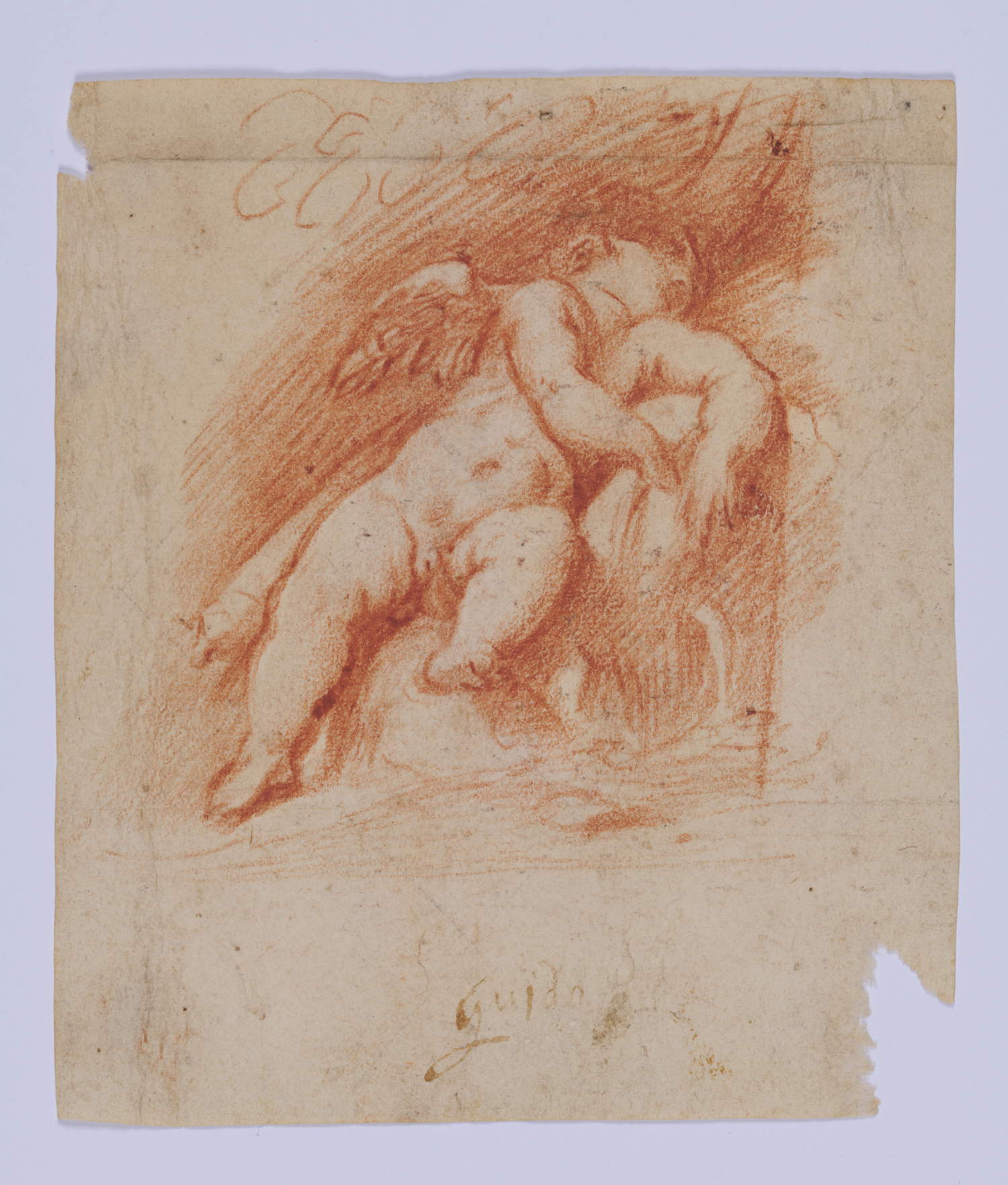
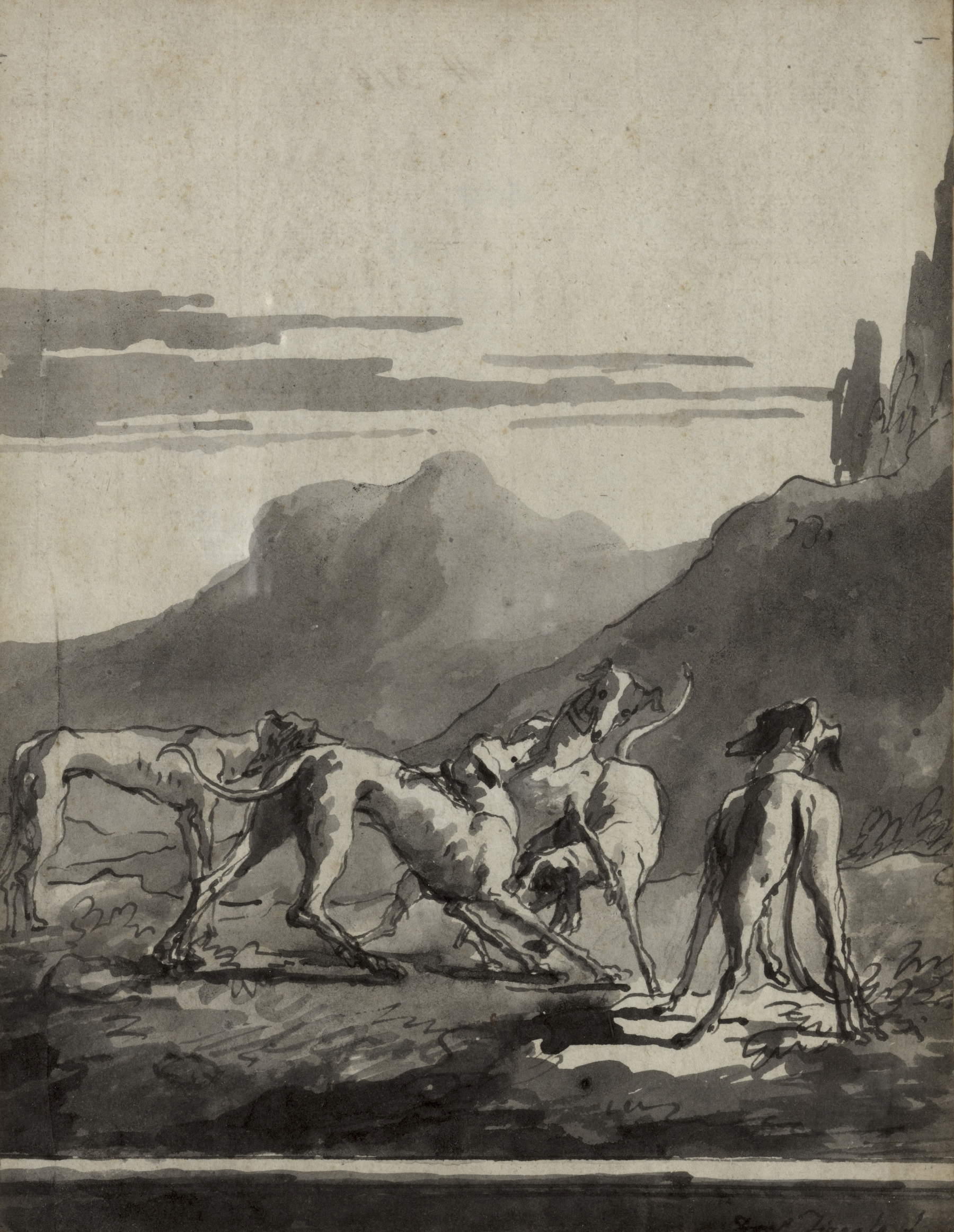
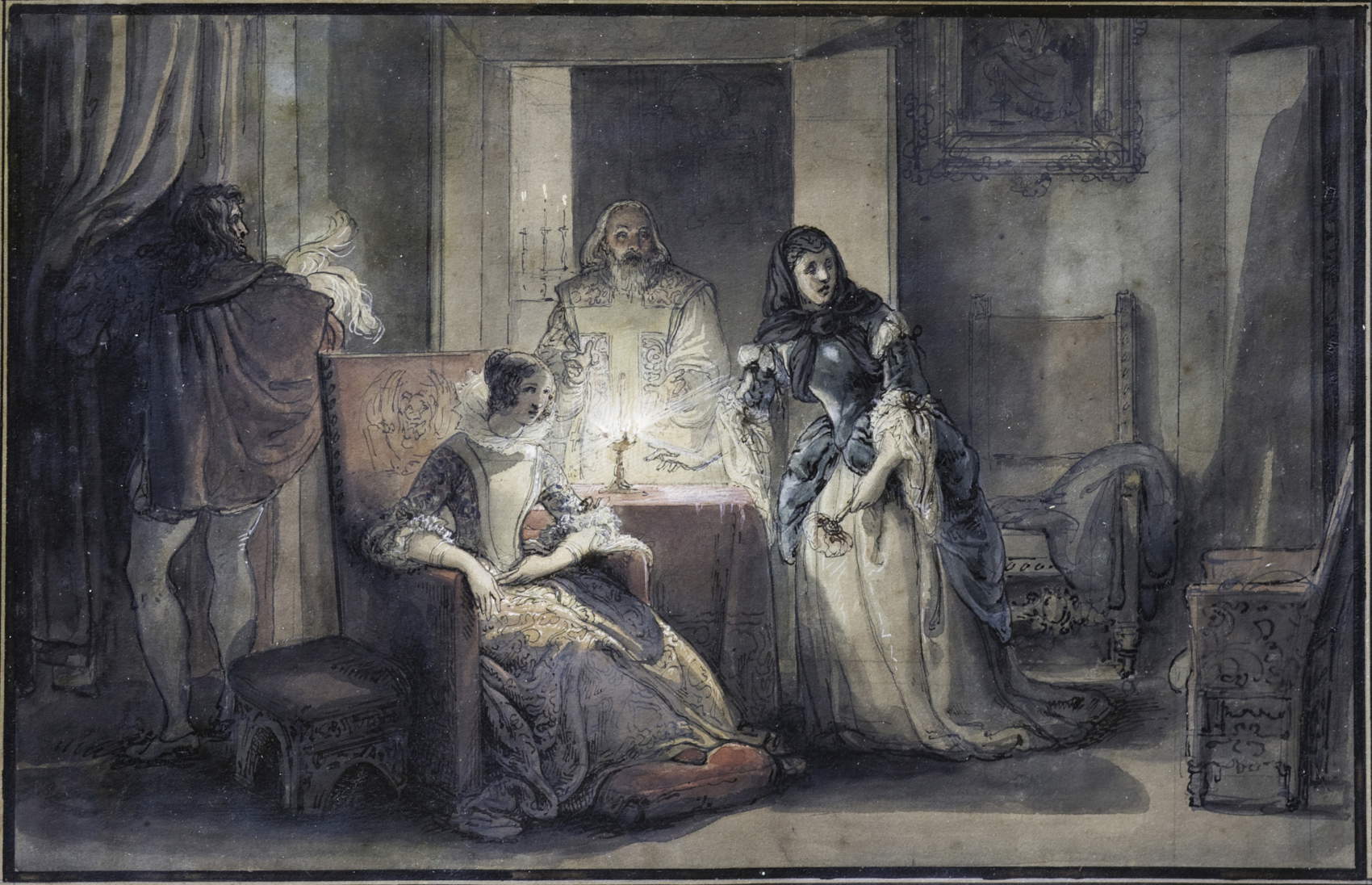
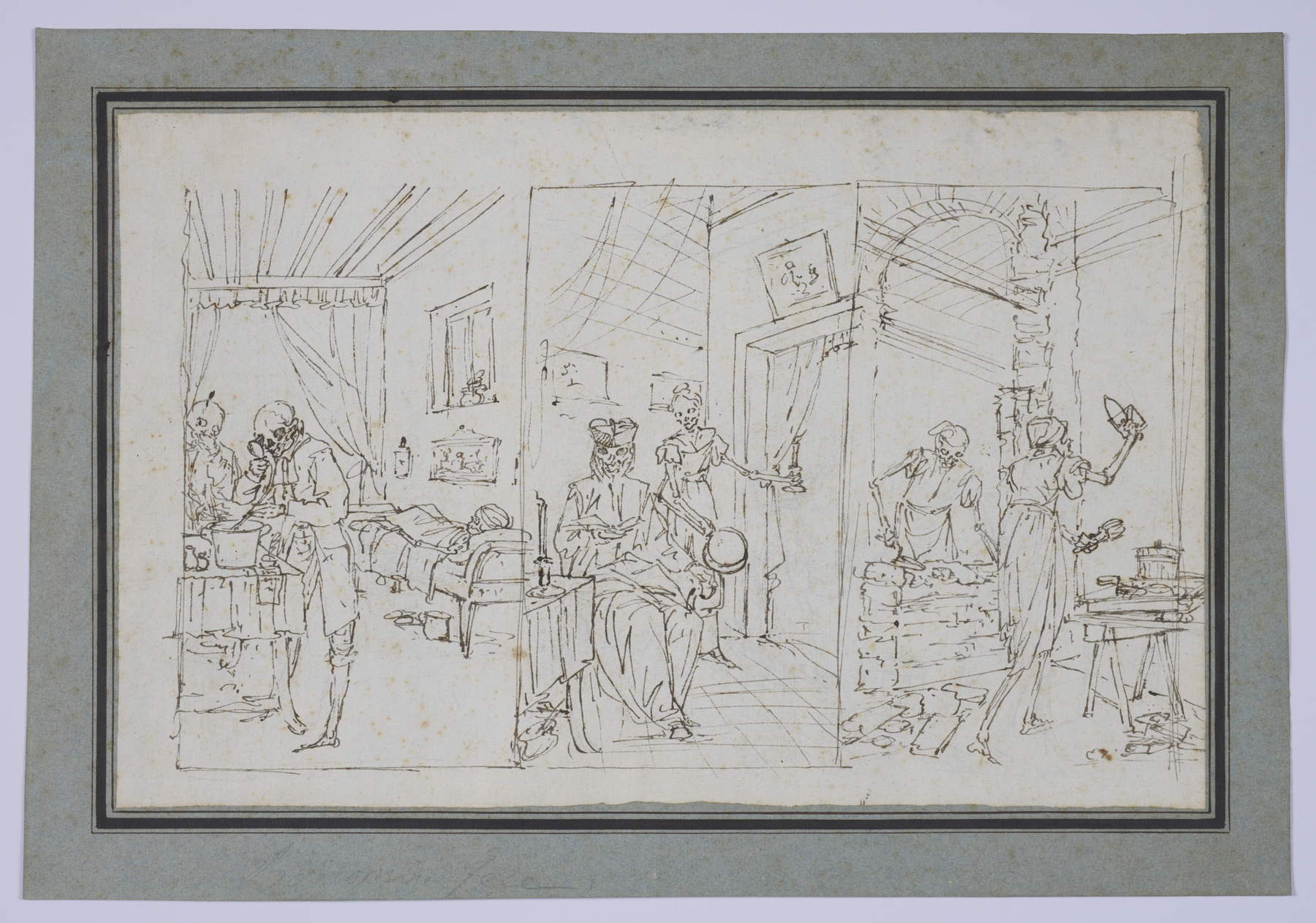
The itinerary continues with Francesco Hayez ’s Scene from “The Bravo,” inspired by James Fenimore Cooper’s historical novel; some landscapes by Giovanni Migliara and coeval Lombard artists, much appreciated by Roberto Bassi Rathgeb; and a section devoted to etchings by Adriaen van Ostade, a Dutch author of lively genre scenes. This is followed by etchings from works by Titian, Jacopo Bassano, Guercino, Giuseppe Zais, and Pietro Longhi. Of particular note is the theme of water, central to the history of Abano Terme, represented by Andrea Andreani’s Bath of the Nymphs, derived from a woodcut by Ugo da Carpi from an original drawing by Parmigianino. The section concludes with works by Cesare Tallone and Rinaldo Agazzi, to emphasize the museum’s connection with the Lombard artistic tradition.
The second part of the itinerary, set up in the frescoed rooms on the main floor, is entirely dedicated to Leonor Fini and her 20th-century graphic works: 24 works on paper including photolithographs and engravings. Although close to the Surrealists, the artist always remained independent of the dominant currents, finding inspiration in Italian Mannerism, Flemish and German Romanticism. Thanks to a collaboration with theVenice Biennale’s Historical Archives of Contemporary Arts, the exhibition also includes the original stage sketch of Orpheus, executed by the artist for Roberto Lupi’s one-act play presented in 1951 at the Biennale’s International Festival of Contemporary Music. A selection of photographs from the Biennale’s own archival holdings also documents Leonor Fini’s work as a costume designer for the performing arts.
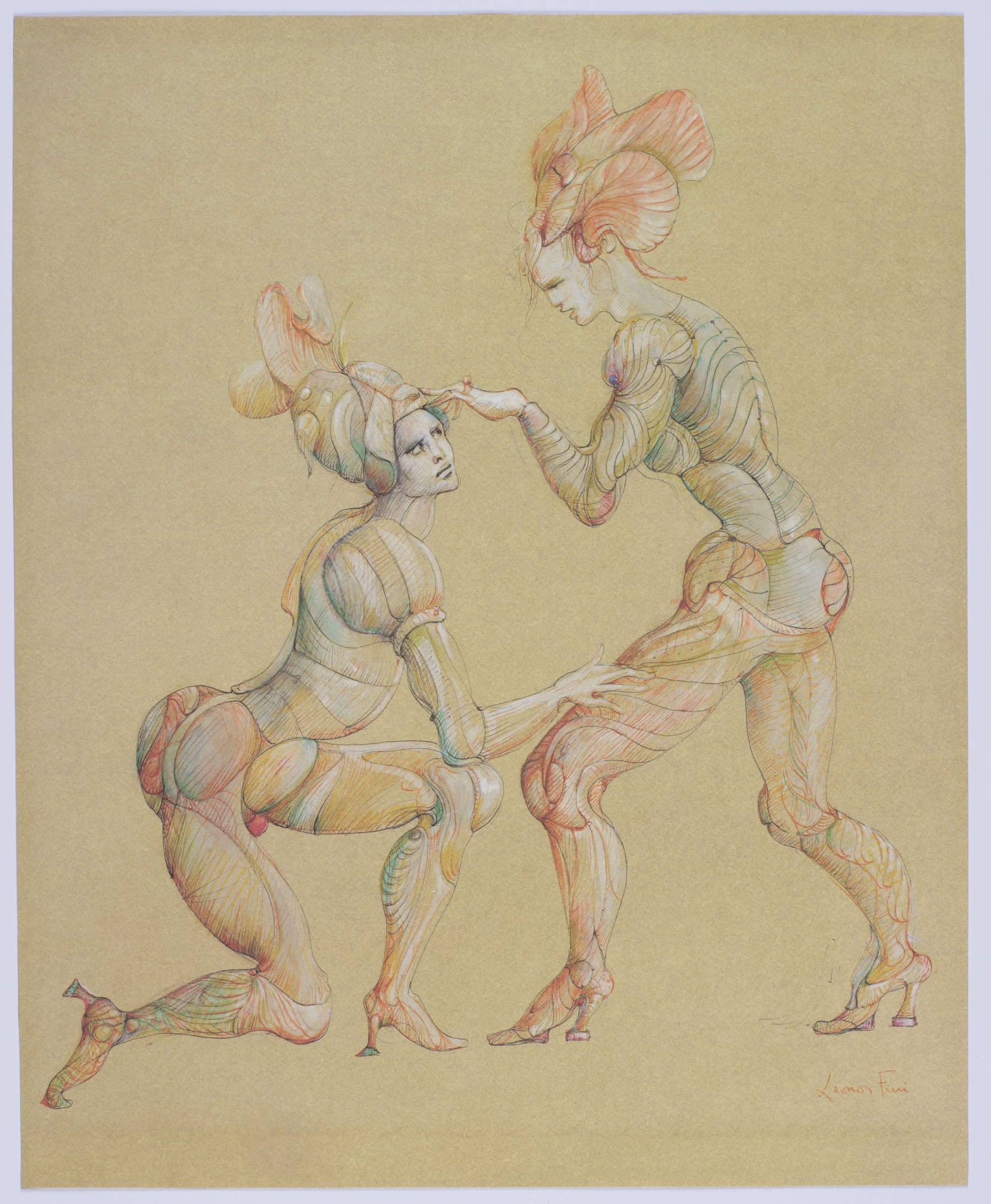
The exhibition is accompanied by a scholarly catalog published by Dario Cimorelli, which includes essays and entries edited by the Scientific Committee-composed of Raffaele Campion, Giovanni Bianchi, Mari Pietrogiovanna, Barbara Maria Savy and Federica Stevanin-and art historians Silvia Capponi and Elena Lissoni. The volume also includes contributions by Silvia Arzuffi, Chiara Bombardini and Claudia Caramanna.
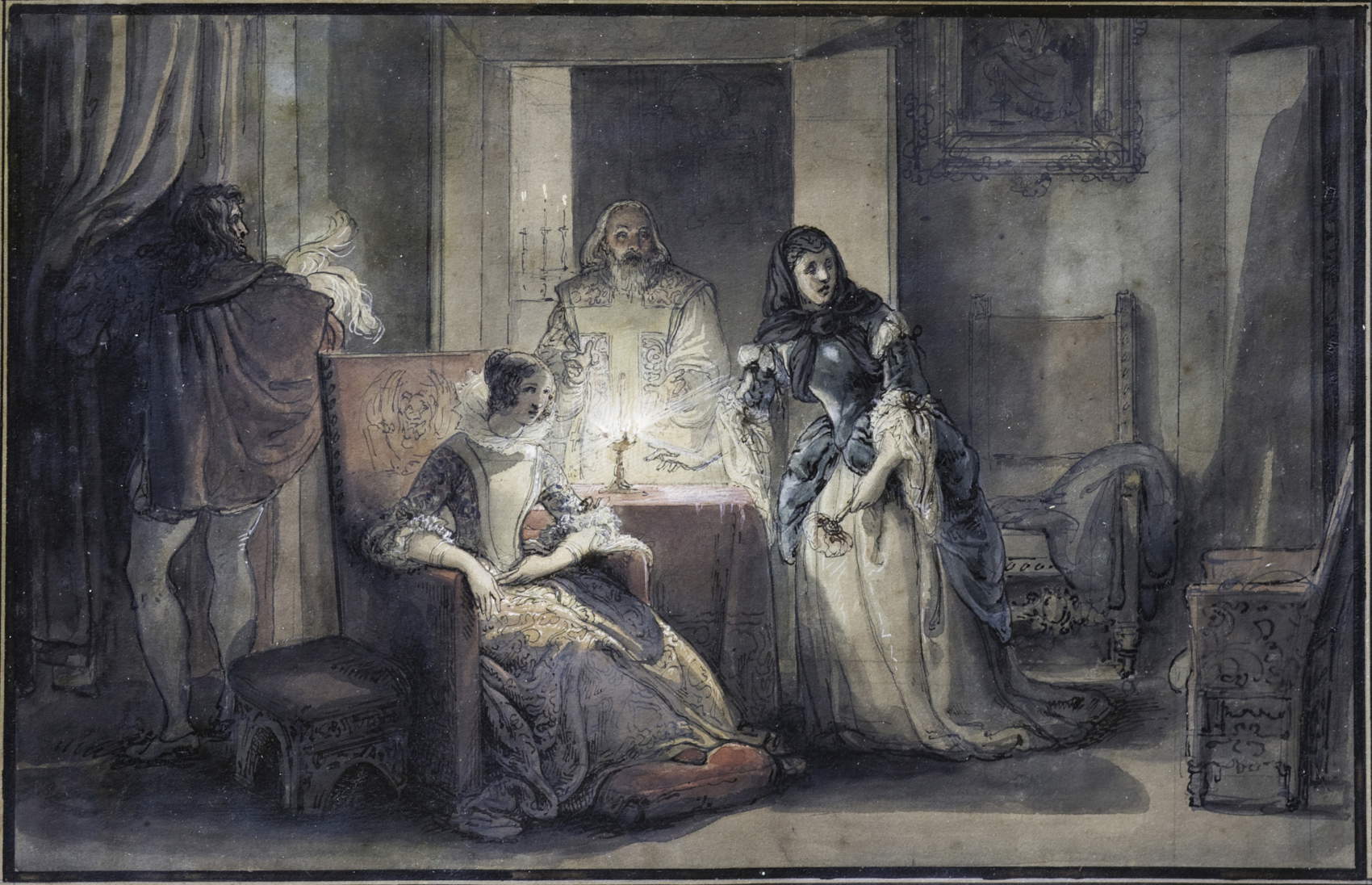 |
| Villa Bassi Rathgeb Museum showcases graphic works from the Renaissance to the 1900s, including Leonor Fini's corpus |
Warning: the translation into English of the original Italian article was created using automatic tools. We undertake to review all articles, but we do not guarantee the total absence of inaccuracies in the translation due to the program. You can find the original by clicking on the ITA button. If you find any mistake,please contact us.